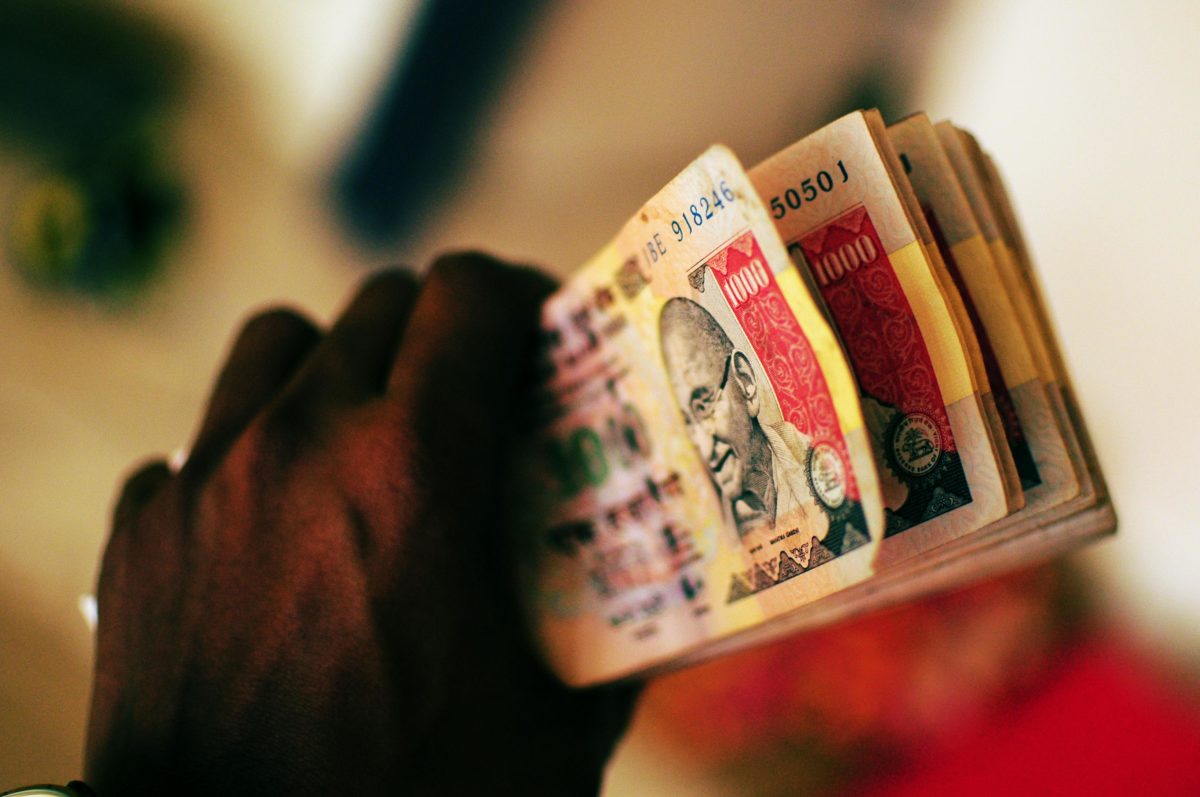The rupee’s weakness is driven by the fact India is a net importer, and needs more dollars annually to keep purchasing goods. The fall does not bode well for the import-driven Indian solar sector which, in 2017, received shipments of PV modules and cells amounting to nearly $4.12 billion, a 43% increase on the $2.88 billion shipped to the nation the previous year.
The solar industry is suffering the jitters, as a one-rupee increase in the exchange rate with the dollar will lead to a Rs0.02 per unit increase in tariffs.
The items most vulnerable to the exchange rates include PV modules, which make up between 50 and 55% of project costs in India, and are either imported or based on U.S. dollar prices.
As much as 80% of a module’s components – such as anti-reflective glass – have few or no locally-made substitutes, thus raising costs.
If solar power developers opt to renegotiate module supply contracts to keep costs at the same levels assumed for financial closure, it will lead to delays in project completion.
Developers in the firing line
Experts believe if the rupee depreciates further, to Rs.72 to the dollar, developers will incur a loss of around Rs0.08/unit until payments are made, as currency fluctuation is not covered by the procurer under ‘Change in Law’, or any other clauses under power purchase agreements (PPAs).
To make matters worse, projects do not usually hedge against exchange rate losses related to the rupee because of the typically short period between negotiations and delivery.
Ankur Agarwal, Senior Analyst at research and ratings agency India Ratings, has said any further depreciation will not just have an impact on investor returns – it will also lead to an increase in tariffs, and developers can be expected to pass on any increase in project costs to the consumer.
Winning solar bidders, however, remain exposed to the risk of inflation in project costs due to the fluctuating currency rates, as revenues under PPAs are designated in rupees, whereas a major chunk of project costs are calculated in dollars, Mr. Agarwal added.
Speaking to pv magazine, Shekhar Dutt, Director General of the Solar Power Developers Association, described the rupee’s depreciation as an add-on to existing uncertainties affecting project economies.
“The rupee has depreciated around 10% since the beginning of 2018, which is not covered by the procurer under ‘Change in Law’ or any other clauses under the power purchase agreements (PPAs). Thus, the developers are facing the heat, more so if the exposures are unhedged, and also due a rise in the cost of debt,” said Mr. Dutt.
But exporters could benefit
Labelling the rupee one of the worst performing Asian currencies, Ashit Maru – Co-founder of solar company Mysun – told pv magazine the sharp depreciation seen in the past four months will affect the dynamics of solar projects.
“Coming on top of the uncertainty created by the safeguard duty, if these adverse conditions persist, it will lead to an increase in the cost of generating solar power,” Mr. Maru said, referring to the tariffs the federal government wants to apply to Chinese and Malaysian-made solar imports.
Sunil Rathi, Director of Waaree Energies, also expressed grave concern over the impact on capital expenditure, and predicted an increase of 3-4% in project costs.
“It is imperative for the Indian solar industry to become independent and develop a domestic manufacturing ecosystem, to reduce the impact of currency and import fluctuations,” Mr. Rathi told pv magazine.
Not everyone, however, is focusing on the dark side of depreciation.
“The rupee fall is not bad for everyone. Export focused solar manufacturing units and domestic manufacturers [and] panel assemblers who are focusing on solar exports mainly to Africa, parts of Europe and Middle East, will actually benefit from the rupee fall,” solar consultant Urvish Dave said.
It is not the first time a fall in the rupee has imperiled solar projects. In June 2013, when the currency dropped 9% to a low of Rs.59.68 to the dollar, around Rs.4,000 crore worth of solar projects were affected, as higher import costs hurt developers grappling with a rise in PV module prices.
This content is protected by copyright and may not be reused. If you want to cooperate with us and would like to reuse some of our content, please contact: editors@pv-magazine.com.








By submitting this form you agree to pv magazine using your data for the purposes of publishing your comment.
Your personal data will only be disclosed or otherwise transmitted to third parties for the purposes of spam filtering or if this is necessary for technical maintenance of the website. Any other transfer to third parties will not take place unless this is justified on the basis of applicable data protection regulations or if pv magazine is legally obliged to do so.
You may revoke this consent at any time with effect for the future, in which case your personal data will be deleted immediately. Otherwise, your data will be deleted if pv magazine has processed your request or the purpose of data storage is fulfilled.
Further information on data privacy can be found in our Data Protection Policy.